As the chilly winter months approach, finding the right room heater becomes crucial for maintaining a comfortable indoor environment. However, not all room heaters are created equal when it comes to health considerations. In this article, I will explore the various types of room heaters and their impact on health. I’ll provide you with valuable insights to help you make an informed decision that prioritizes both warmth and well-being.
During the winter months, a room heater becomes an indispensable appliance to keep your living spaces cozy and comfortable. However, it’s essential to choose a room heater that not only provides warmth but also considers the impact on your health. Yes, room heaters may have various health impacts. Thus, it is important to choose the one that suits you. For example, I have a skin dryness issue, thus, I would go with Oil-filled heaters because it doesn’t dry out the air inside your room. Many other heaters may dry the air. So, you have to be very careful about choosing the right heater for you.
Contents
- 1 What Are the Different Types of Room Heaters?
- 2 Comparison Table – Convection Vs Infrared Vs Oil-filled Heaters
- 3 Factors to Consider for Health-Conscious Heating
- 4 Which Type of Room Heater is Good for Health?
- 5 Which Room Heater should you go with for Babies and Infants?
- 6 Frequently Asked Questions (FAQs)
- 7 Conclusion
What Are the Different Types of Room Heaters?
When we talk about room heaters, there are so many in the market of different types. Thus, you must find out which type will be best suited to you, and what are the benefits of that. So, here I am listing and explaining the heaters available in the market to choose from.
1. Convection Heaters
Convection heaters operate by heating the air and circulating it throughout the room. They consist of a heating element and a fan that helps distribute warm air evenly. These heaters are suitable for larger spaces where consistent heat distribution is required. Convection heaters are often preferred for general room heating.
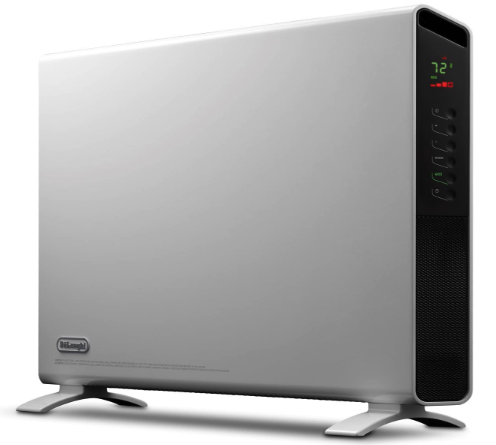
Temperature Range: Convection heaters typically have adjustable temperature settings, allowing you to select the desired level of warmth. The temperature range may vary depending on the model, but it usually spans from around 65°F (18°C) to 85°F (29°C).
Advantages:
- Even heat distribution throughout the room.
- Suitable for larger spaces.
- Some models offer programmable timers and thermostats for precise temperature control.
2. Radiant Heaters
Radiant heaters emit infrared radiation that directly heats objects and people in their proximity. Unlike convection heaters, they do not warm the surrounding air. Radiant heaters are ideal for quick personal heating or localized spot heating, making them popular choices for small spaces or specific heating needs.
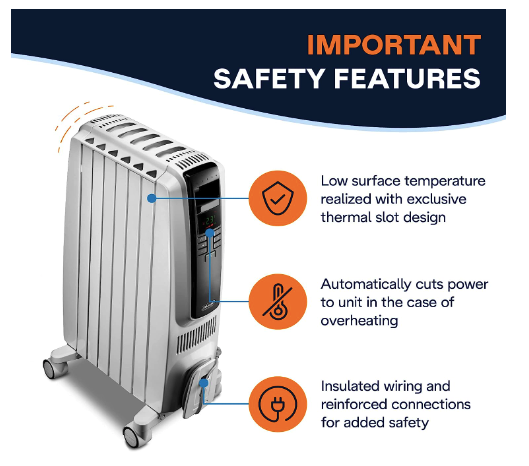
Temperature Range: Radiant heaters typically do not have specific temperature settings as their heat output is focused on individuals or objects rather than the overall room temperature. The heat intensity can be adjusted based on proximity to the heater.
Advantages:
- Rapid and focused heating for immediate warmth.
- Efficient for personal heating or small spaces.
- No air circulation, which is beneficial for individuals with allergies or respiratory sensitivities.
3. Oil-Filled Radiators
Oil-filled radiators are filled with oil and use electricity to heat the oil, which then radiates warmth into the room. They provide gentle and consistent heat and are known for their silent operation. Oil-filled radiators are particularly suitable for those with dust allergies or sensitivity to dry air. As I said, I am having skin dryness issues and due to that, I have to face skin allergies as well. So, I went with this type of heater for my bedroom, and I am happy with that.
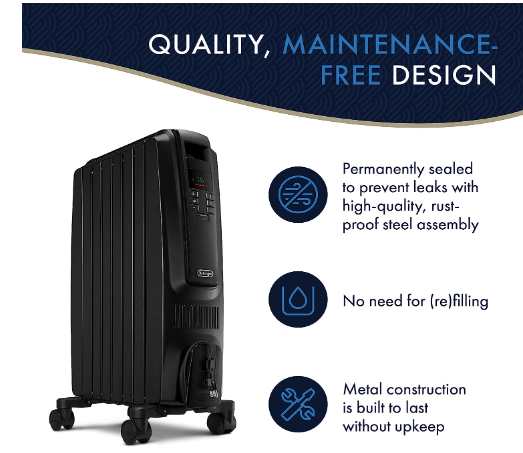
Temperature Range: Oil-filled radiators typically feature adjustable temperature settings similar to convection heaters. The temperature range varies between models but generally falls within the 65°F (18°C) to 85°F (29°C) range.
Advantages:
- Silent operation.
- Gentle and long-lasting heat.
- No drying effect on the air, making them suitable for individuals with respiratory sensitivities.
4. Ceramic Heaters
Ceramic heaters use ceramic plates and an electrical heating element to generate heat. As electricity passes through the ceramic plates, they radiate warmth into the surrounding space. Ceramic heaters are known for their quick heating capabilities and energy efficiency, making them popular choices for personal use and smaller rooms.
Although these are good, I personally never liked them because I bought this at first, and I can tell you that you have to sit in front of it to get heat. The main thing here is that when you choose Ceramic Heaters, choose from the best brand. Don’t go for cheaper options, they won’t work well for longer. It can be good for many, But, personally I never liked this type heater.
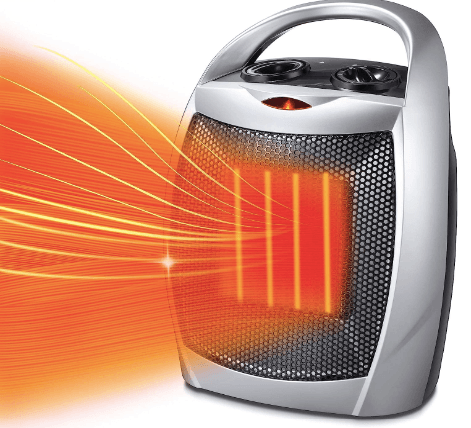
Temperature Range: Ceramic heaters typically have adjustable temperature settings, allowing you to select the desired level of warmth. The temperature range is usually similar to that of convection heaters, ranging from around 65°F (18°C) to 85°F (29°C).
Advantages:
- Quick heating capabilities.
- Energy-efficient operation.
- Suitable for personal use or smaller rooms.
5. Infrared Heaters
Infrared heaters emit infrared radiation that directly warms people and objects in their path. They operate by mimicking the sun’s rays, creating a comfortable and gentle heat. Unlike other heaters, infrared heaters do not reduce humidity levels or circulate dust, making them suitable for individuals with allergies or asthma. This is also a good one for people having skin dryness and allergy issues.
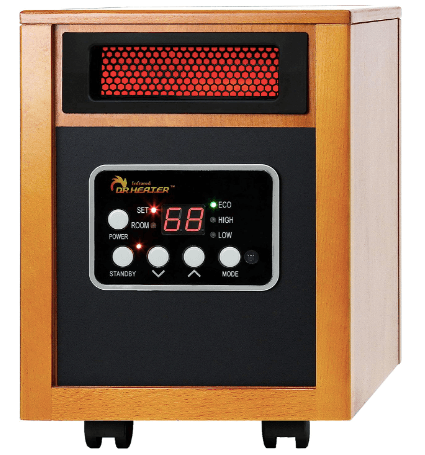
Temperature Range: Infrared heaters, like radiant heaters, do not typically have specific temperature settings as their heat output is focused on individuals or objects. The heat intensity can be adjusted based on proximity to the heater.
Advantages:
- Gentle and comfortable radiant heat.
- No reduction in humidity levels.
- Suitable for individuals with allergies or asthma.
Comparison Table – Convection Vs Infrared Vs Oil-filled Heaters
| Aspect | Convection Heaters | Infrared Heaters | Oil-Filled Heaters |
|---|---|---|---|
| Also known as | No other specific names | Radiant heaters, Halogen heaters | Oil heaters, Column heaters, Oil-filled radiators |
| Heating Mechanism | Heating the air and circulating it | Emitting infrared radiation | Heating oil that radiates heat |
| Health Impact | No significant impact on oxygen levels and humidity | May reduce oxygen levels and humidity | No significant impact on oxygen levels and humidity |
| Safety | Considered safe, including for kids | Not considered safe, not ideal for families with kids | Considered safe, including for kids |
| Effectiveness | Effective in heating and maintaining temperature | Quick heating, direct heat to objects and people | Even heat distribution, effective for larger rooms |
| Energy Efficiency | Less energy-efficient due to heat loss through convection currents | More energy-efficient, direct heat to objects and people | High energy efficiency, retains and distributes heat |
| Ideal for | Suitable for all room sizes, work well in smaller to medium-sized rooms | Smaller rooms or targeted heating in specific areas | Larger rooms requiring even heat distribution |
Factors to Consider for Health-Conscious Heating
- Indoor Air Quality: Choose a room heater that does not compromise indoor air quality. Some heaters can release harmful substances, such as volatile organic compounds (VOCs) or carbon monoxide. Choose the type of heater with low emission levels and proper ventilation.
- Allergens and Asthma: For individuals with allergies or asthma, it is crucial to select a room heater that does not circulate allergens or exacerbate respiratory symptoms. Heaters with filters or those that don’t rely on forced air circulation can help minimize allergens in the environment.
- Moisture Levels: Certain room heaters, such as fan-forced convection heaters, can reduce humidity levels in the air, leading to dryness and potential skin issues. Consider using a humidifier alongside your heater or choose models that offer built-in humidification features.
- Noise Levels: If noise is a concern, especially during sleep or work hours, opt for heaters with silent or low-noise operation. Oil-filled radiators and infrared heaters are known for their quiet performance.
- Energy Efficiency: Energy-efficient room heaters not only reduce electricity bills but also contribute to environmental sustainability. Look for heaters with energy-saving features like programmable timers, thermostat control, or energy efficiency ratings.
Which Type of Room Heater is Good for Health?
- Convection Heaters: Convection heaters are ideal for whole-room heating, maintaining consistent temperatures. They circulate warm air, reducing the chances of stagnant air and mold growth.
- Radiant Heaters: Radiant heaters provide direct heat without air circulation, making them suitable for spot heating or personal warmth. They don’t disturb allergens or cause dryness in the air.
- Oil-Filled Radiators: Oil-filled radiators produce gentle, continuous heat without significant air movement. They are safe for individuals with allergies or respiratory sensitivities.
- Ceramic Heaters: Ceramic heaters are quick to heat up and energy-efficient. They offer targeted warmth and are suitable for personal use or smaller rooms.
- Infrared Heaters: Infrared heaters emit gentle radiant heat that directly warms people and objects. They are safe, and quiet, and do not affect humidity levels, making them suitable for long-term use.
Which Room Heater should you go with for Babies and Infants?
Choosing a safe room heater for babies and infants is of utmost importance to ensure their well-being and comfort. When selecting a heater for this purpose, there are several factors to consider to ensure the safety of your little ones.
Here are some guidelines to follow when choosing a room heater for babies and infants:
1. Safety Features
The heater should have built-in safety features to minimize potential hazards. Look for models with:
- Tip-over protection: This feature automatically shuts off the heater if it is accidentally tipped over, preventing any potential burns or accidents.
- Overheat protection: The heater should have an automatic shut-off feature that activates if it overheats, reducing the risk of fire or burns.
- Cool-touch exterior: Ensure that the heater’s exterior remains cool to the touch even when in operation, preventing accidental burns if a child comes into contact with it.
2. Flameless and Exposed Heating Elements:
Avoid heaters that use open flames or have exposed heating elements. Such heaters pose a burn risk for curious infants and children. Opt for heaters with enclosed heating elements or heating technologies that do not involve flames or direct contact with hot surfaces.
3. Childproof Controls and Settings:
Choose a room heater with childproof controls and settings. Ideally, the controls should be located out of reach of children or have a child lock feature to prevent accidental adjustments.
4. Stable and Secure Design:
Ensure that the heater has a stable and secure design to prevent tipping over. Look for models with a wide and sturdy base to provide stability. It is essential to place the heater on a flat, level surface and away from any potential hazards or areas where children can reach it.
5. Low Noise Operation:
Babies and infants can be sensitive to noise, especially during sleep or nap times. Opt for heaters with low noise levels or silent operation to ensure a quiet and undisturbed sleeping environment.
Based on these considerations, the following types of room heaters are generally considered suitable and safe for babies and infants:
- Oil-Filled Radiators: Oil-filled radiators are a popular choice for nurseries or baby rooms. They offer gentle, steady heat without the use of a fan, reducing noise levels and minimizing the risk of dust circulation. With their cool-touch exteriors and stable design, they provide a safe heating solution for infants and children.
- Ceramic Heaters: Ceramic heaters are also a viable option for baby rooms. They offer quick and efficient heating without exposed heating elements. Look for models with additional safety features such as tip-over protection and overheat protection.
It is important to note that regardless of the type of room heater chosen, certain precautions should be taken:
- Always place the heater in a safe location, away from cribs, bedding, curtains, and other potential fire hazards.
- Do not leave the heater unattended while in use.
- Regularly inspect the heater for any signs of damage or malfunction and discontinue use if necessary.
- Follow the manufacturer’s instructions for installation, operation, and maintenance.
Frequently Asked Questions (FAQs)
Conclusion
When selecting a room heater for optimal health, it is essential to consider factors such as indoor air quality, allergens, asthma, moisture levels, noise levels, and energy efficiency. Each type of room heater has its own advantages and considerations. Convection heaters provide whole-room heating, radiant heaters offer direct heat without air circulation, oil-filled radiators produce gentle and steady heat, ceramic heaters provide quick and efficient heating, and infrared heaters emit gentle radiant heat.
By understanding your specific heating needs and health concerns, you can choose the most suitable room heater for your home. Always prioritize safety, indoor air quality, and the comfort of individuals, especially children or those with respiratory sensitivities. Remember to follow manufacturer instructions, maintain proper ventilation, and regularly clean and maintain your room heater for optimal performance.
With the right room heater in place, you can enjoy warmth, comfort, and improved well-being throughout the colder months.

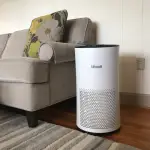

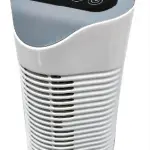



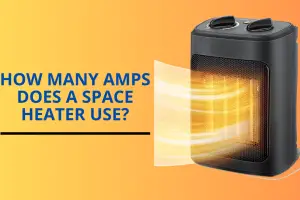

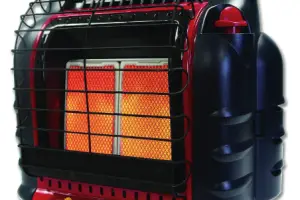
Add Comment